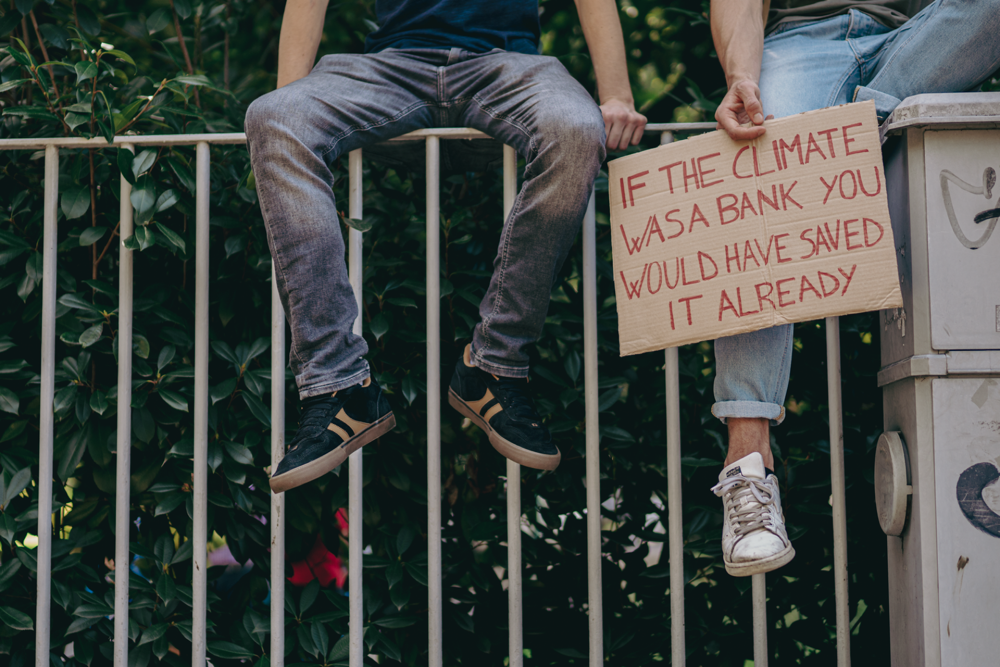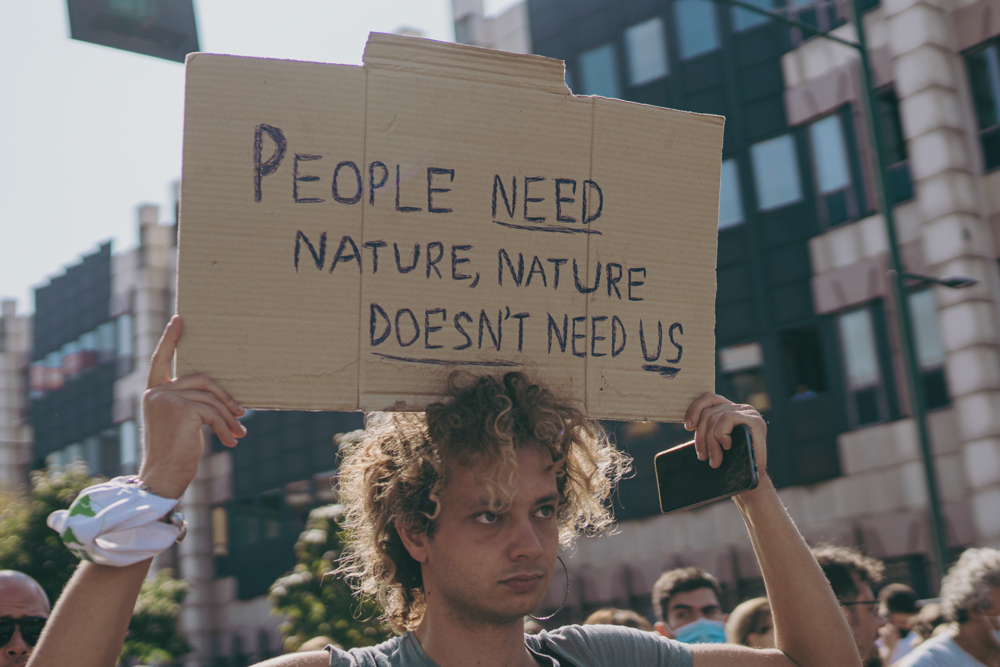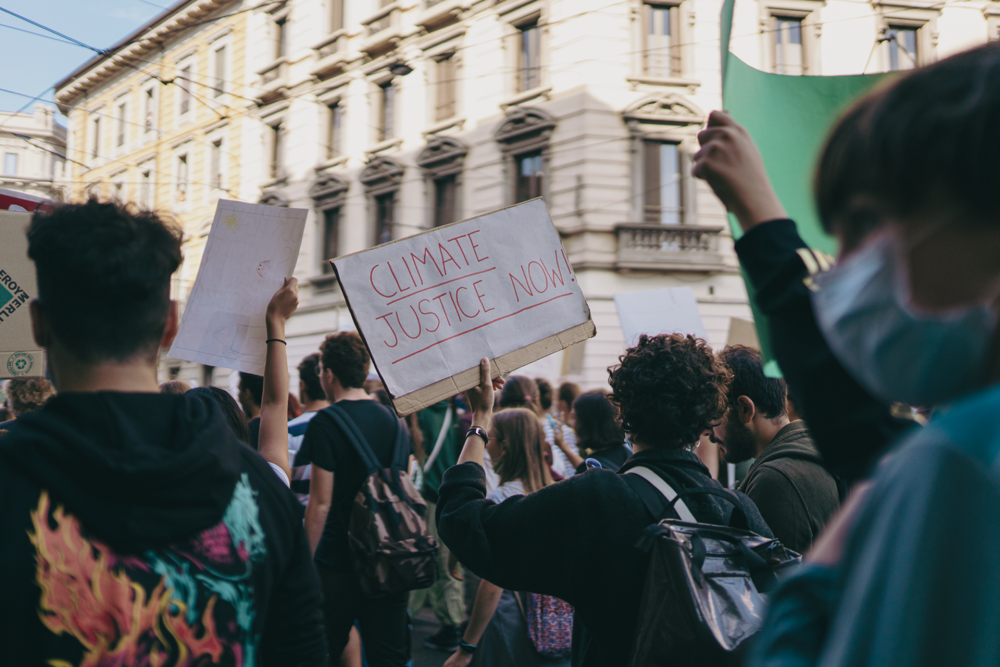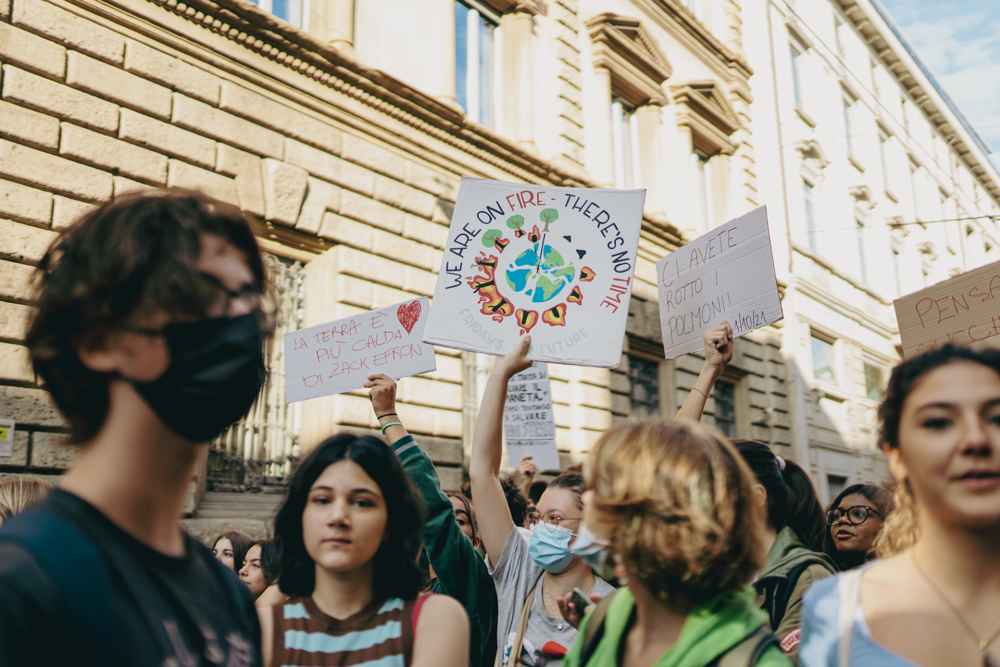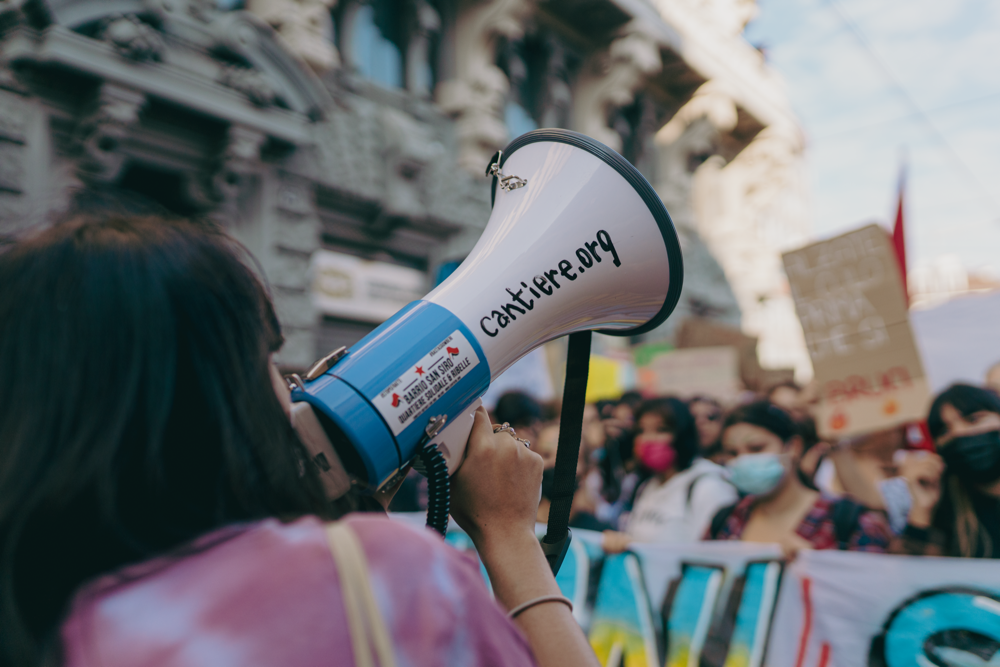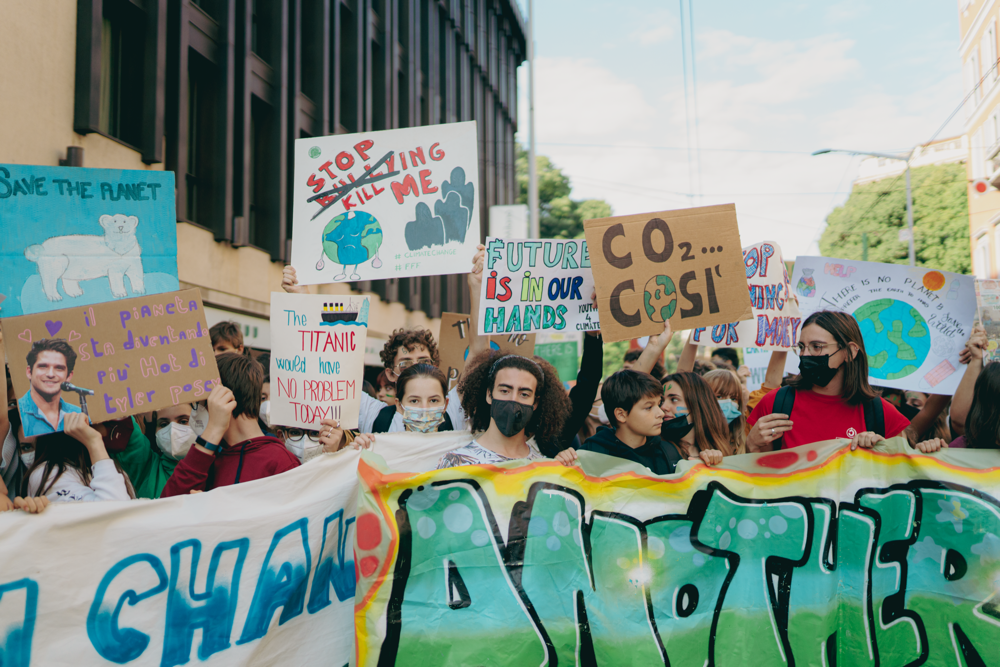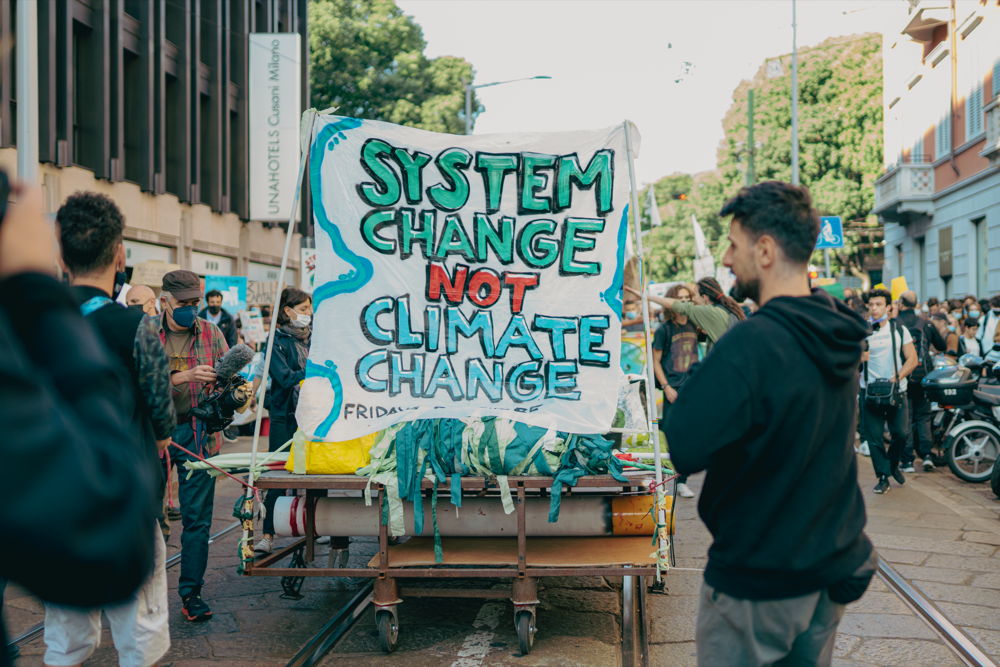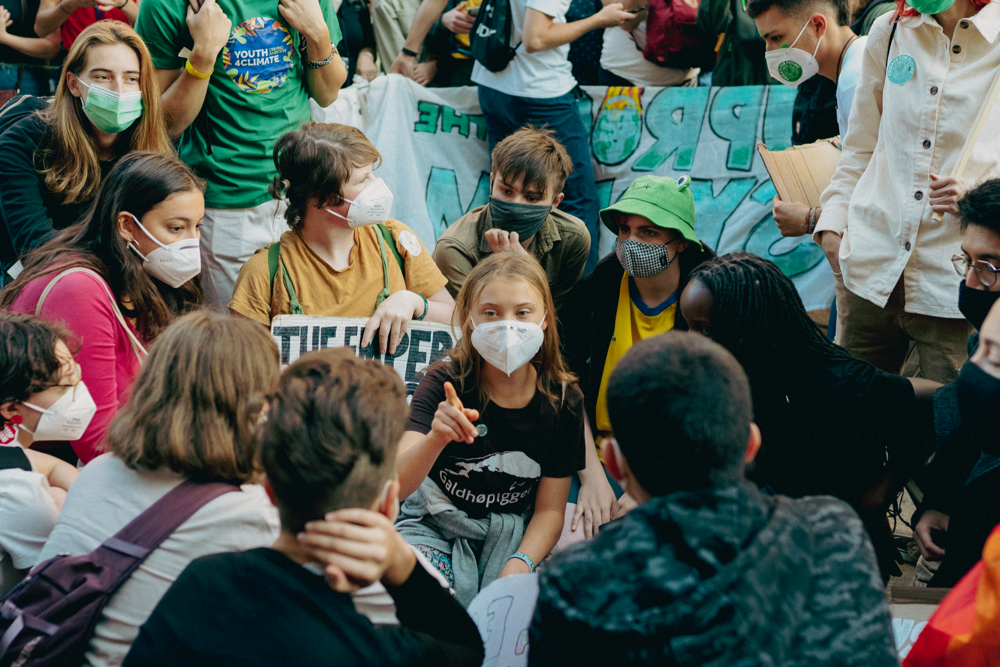
What political parties say about sustainability Between nuclear power, gas supply and incinerators
Between the gas supply emergency, a heated debate on the use of incinerators that led, in part, to the very downfall of the Draghi government on 21 July, and the worrying data transmitted by Legambiente on the climate condition in our country, sustainability is to all intents and purposes a priority emergency. In the light of a hotly debated topic, which animates the political scene to such an extent that the differences between the various factions come to the fore, the question arises: how do the parties address the issue of environmental sustainability within their programs?
According to an analysis by Fortune Italia, the centre-right plans to achieve energy self-sufficiency through the exploitation of natural gas wells on Italian territory and the use of new sources of supply, including clean nuclear power. The League, in addition to what has already been said in the coalition agreement, adds a series of proposals - shared by Forza Italia - that envisage: «a greater production of bio-methane through the reconversion and expansion of biogas plants; the construction of waste-to-energy incinerators and strategic infrastructures, including regasification plants; the simplification of procedures to develop hydroelectric, geothermal energy, also through the creation of Energy Communities; a national hydrogen strategy.» Similarly, the Democratic Party underlines the importance of greater supply from renewable sources, sharing with Salvini's party the positions on regasificators and the need for greater development of alternative energy sources .
The watershed between left and right is definitely the positions on nuclear power. PD, Alleanza Verdi and the Left declare themselves against and express total rejection of new drilling, but contemplate the use of waste-to-energy plants (not mentioned by the PD) only as a last resort. The positions of Azione - Italia Viva, led by Calenda and a potential ally of the PD, have instead many points in common with the positions of the centre-right (or at least a part of it) on energy supply policies. What differentiates it is the inclusion among the medium-term proposals, of the development of systems for capturing and storing CO2 produced by thermoelectric power plants. Finally, the Movimento 5 stelle, with its concise program, openly points to renewable energy and promotes the '2000 watt society' as a sustainable model of energy consumption, declaring itself against the construction of new incinerators as well as drilling. Regarding the discussion on the waste-to-energy plant in Rome, the reason for the long-standing issue between Conte and Draghi, Sole 24 Ore reports that «the centre-right is divided, so much so that the issue is not mentioned directly in the joint program. It is instead present in the individual ones of Lega and Fi, in favour, while the Fdi is against. It is strange that the issue is not dealt with in the PD program (the SI and Green allies consider it only a last resort solution). In favour is the third pole of Azione-Italia Viva. Against the 5 stars.»
Certainly compared to a few years ago, when scientists were launching the first warnings about the complex environmental situation in which we find ourselves and politicians were amusing themselves by taunting Greta Thunberg to the point of conspiracy drifts, there is a new awareness of the need to take concrete action. It remains to be seen what these actions will be and how the 13 billion in the National Recovery and Resilience Plan will be used for the cause, for now all we can do is wait (and vote).










































